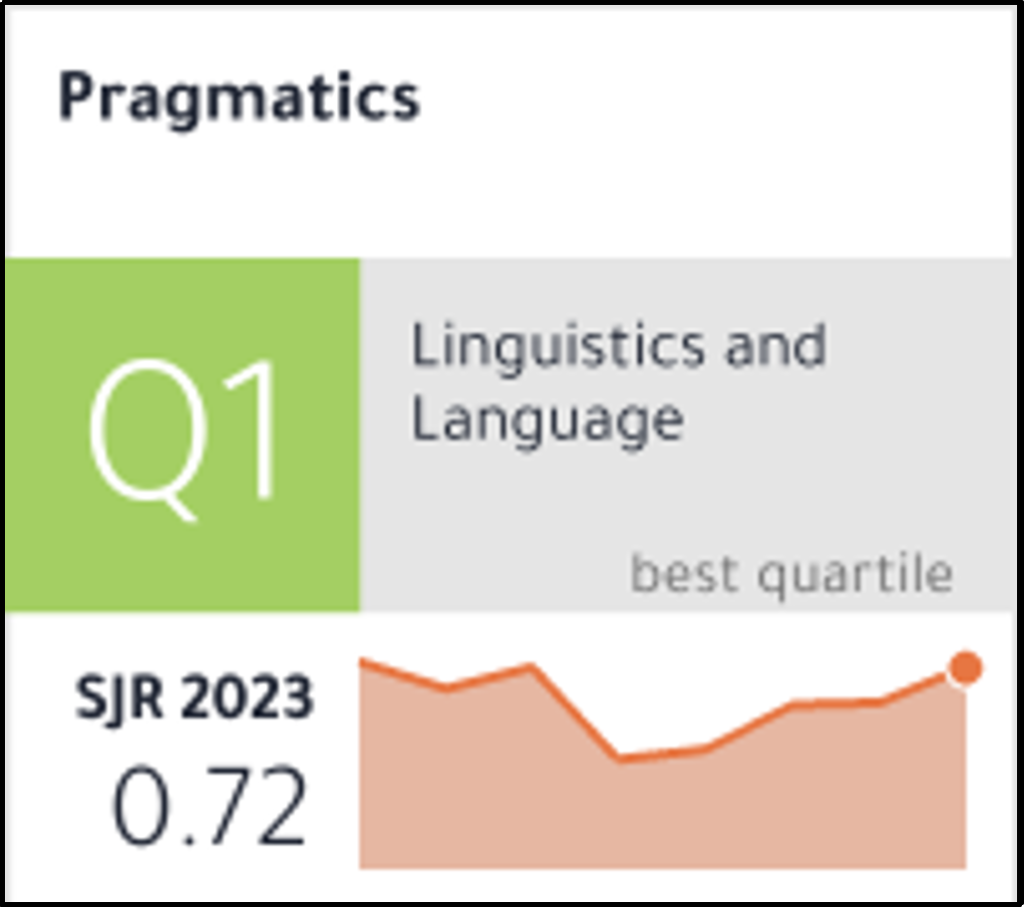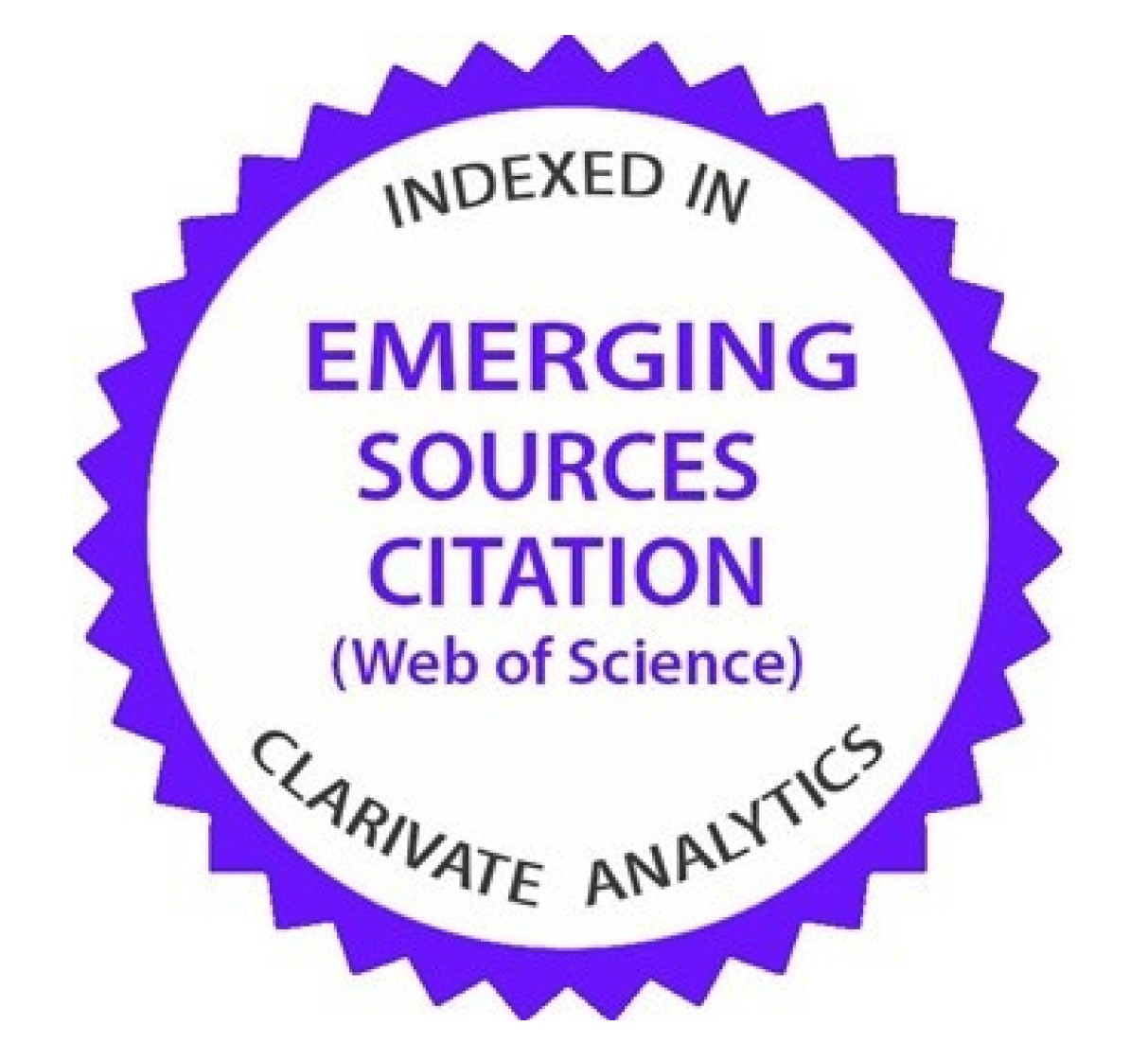When submitting your article, please observe the following:
- Make sure that you submit the final, clean version of the manuscript (without personal comments, corrections, tracks, etc.), together with all accompanying files (figures etc., if submitted as separate files).
- In addition, provide a list containing all contributors’ full names (first and last), and affiliations. Telephone and fax numbers are optional.
Please note that Pragmatics only uses online submission. For detailed guidelines, please go through the following text.
File Naming Conventions
When naming your files please use the following conventions:
Use the first three characters of the first author’s last name, followed by the proper three- or four-character file extension. For example, if that name is Johnson, the respective document file should be named JOH.DOC or JOH.DOCX. Do not use the three- or four-character extension except for identifying the file type, as provided by the system (e.g. JOH.DOC is OK, but not JOH.ART, JOH.REV; instead use JOHART.DOC, JOHR1.DOC, etc.).
Figures, tables etc. should be named using the appropriate standard extensions, e.g. JOH1.EPS, JOH2.TIF, JOH3.XLS, etc.
Software
MS Word (PC or Mac) is our preferred submission format, although other formats are possible as well. If, for some reason, a different format is required than the one supplied, we will contact you.
Graphic Files
Please supply figures as converted to Encapsulated Postscript (EPS) or Tagged Image File Format (TIFF) in addition to the original creation files. (Note that the typesetters cannot make corrections or changes in figures that are supplied as graphics).
General
Articles should be in English. English spelling and style should be consistently either British or American throughout. If you are not a highly proficient user of English, you should have the paper checked by an English language professional or native speaker.
Contributions should be between 5,000 and 7,000 words in length, including
- References
- An abstract of 100-150 words
- Keywords 6 to 8
- A biographical note of 50 to 75 words
- Page numbering
Lay-out
Please use ample margins and 1.5 line spacing. Suggested font setting for main text: Times (New) Roman 12 pts. For tables and footnotes: Times Roman 10 pts.
Do not use running heads. For articles with long titles (which in general should be avoided), a shortened version (max. 55 characters), to be used as running head, may be provided on the cover sheet of your contribution.
Avoid full justification and ‘stiff’ hyphenation. Examples, quotations, tables, headings etc. should be presented in a clear and consistent way, so that they can be identified and formatted in the style of our journal.
Whatever formatting or style conventions are employed, please be consistent.
References
Once your paper is accepted for publication, it is essential that the references are formatted to the specifications given in these guidelines, as these cannot be formatted automatically. This journal uses the ‘Author-Date’ style as described in the latest edition of The Chicago Manual of Style.
References in the text: These should be as precise as possible, giving page references where necessary; for example “(Görlach 2003, 152-154)” or: “as in Brown et al. (1991, 252)”. All references in the text should be matched by items in the references section.
References section: References should be listed first alphabetically and then chronologically. The section should include all (and only!) references that are actually mentioned in the text.
A note on capitalization in titles: For titles in English, CMS uses headline-style capitalization. In titles and subtitles, capitalize the first and last words, and all other major words (nouns, pronouns, verbs, adjectives, adverbs, some conjunctions). Do not capitalize: articles; prepositions (unless used adverbially or adjectivally, or as part of a Latin expression used adverbially or adjectivally); the conjunctions and, but, for, or, nor; to as part of an infinitive; as in any grammatical function; parts of proper names that would be lower case in normal text; the second part of a species name. For more details and examples, consult the Chicago Manual of Style. For any other languages, and English translations of titles given in square brackets, CMS uses sentence-style capitalization: capitalization as in normal prose, i.e., the first word in the title, the subtitle, and any proper names or other words normally given initial capitals in the language in question.
Tables and Figures
All tables, figures, and trees must fit within the page size as specified below:
4.5” x 7.5” (≈ 11.5 cm x 19 cm)
Please be aware that prior to typesetting, the pages will have to be reduced in size; any lettering etc. should be big enough to be legible also after reduction. Absolute lowest font size: Times Roman 8 pts).
Tables and figures should be provided on separate sheets, numbered consecutively and given appropriate captions. They should be referred to in the main text as “Table 2”, “Figure 3”, etc. (avoid expressions such as “in the following table: …” or “See the figure below.”).
Emphasis and Foreign Words
Use italics for words in languages other than English as well as for emphasis.
Boldface should be used only for highlighting words within italicized stretches and for headings.
Please refrain from the use of FULL CAPS (except for focal stress and abbreviations). Using small caps is sometimes a viable option.
Do not use underlining except when conventionally required in your field of research. (It is OK to use underlining for highlighting within examples as an alternative to boldface).
Quotation and Quotation Marks
For conventionally used terms or expressions (e.g., ‘context of situation’), please use single quotes; these may also be used as ‘scare quotes’ to focus attention on a particular word or expression.
For glosses, directly quoted forms and expressions, as well as in-text quotations, always use double quotation marks.
Quotations longer than three lines should be indented left and right, without quotation marks, followed by the appropriate reference to the source on a separate line (left adjusted). Such long quotations should be set off from the main text by a line of space above and below.
Sections and headings
Articles should be conveniently divided into sections and, if necessary, subsections. If you do not use electronic styling, please mark section headings as follows:
- Level 1 = bold, one line space before, section number flush left. Text starts immediately below.
- Level 2 = bold italics, one line space before, section number flush left. Text starts immediately below.
- Level 3ff = italics, one line space before, section number flush left. Text starts immediately below.
Numbering should be in Arabic numerals (no Roman numbers for footnotes either!). Do not use italics for numbering; use full stops between numbers and after the last number, thus:
Section 1. …
Section 2.3.1. …
Notes
Notes should be kept to a minimum. Note indicators in the text should appear in superscript at the end of sentences or phrases, and follow the respective punctuation marks. They should be numbered consecutively throughout the manuscript, with Arabic numerals.
Names and affiliations
Please include in the article itself, below the title, a list of all authors in the order in which they should appear in the publication and for each author:
Name(s) as they should appear in the publication.
Affiliation(s): Please use the name that your institution (at the highest level, usually the name of the university) has established for international usage, either in English, or in one of the official languages of the institution. If your article is written in a language other than English and not one of the languages for which your institution has established an official name, do not translate the name yourself; if your institution has a name that is not unique in the world (in English), please add as much information as is needed — city, country — to allow for identification. If you have more than one affiliation, please provide each affiliation separated by ‘&’.
ORCID, if available.
Funding information
Funding information should be provided if funding was received through a grant for the research that is discussed in the article, including funder name and grant number, in a separate section called “Funding information” before (an Acknowledgment section and) the References.
Acknowledgments
Acknowledgments (other than funding information, see above) should be added in a separate, unnumbered section entitled “Acknowledgments”, placed before the References.
Appendices
Appendices should follow the References.
Author’s corrections
The (first) author will receive first proofs of an accepted article for correction and will be requested to return corrections to the Editor-in-chief. The editor will receive one full set of the first proofs of each journal issue and after corrections another set of second proofs for final checking. With the proofs you will receive instructions on how to mark corrections and when to return them. Please limit corrections to the essential. It is at the publisher’s discretion not to implement substantial changes or to charge the author.
Ethics
Pragmatics is committed to maintaining the highest standards of publication ethics and to supporting ethical research practices.
Authors and reviewers are kindly requested to read our Ethics Statement.
Please also note the guidance on the use of (generative) AI in the statement.
Rights and Permissions
Authors must ensure that they have permission to use any third-party material in their contribution; the permission should include perpetual (not time-limited) world-wide distribution in print and electronic format.
To propose a special issue of PRAGMATICS, please submit complete proposal directly to editor’s office at [email protected]. The details can be found on Special Issue Guidelines section of our website.





